How Isekai Anime Is Literally Escapism
Is this Japan’s way of telling the world that they are going through something?
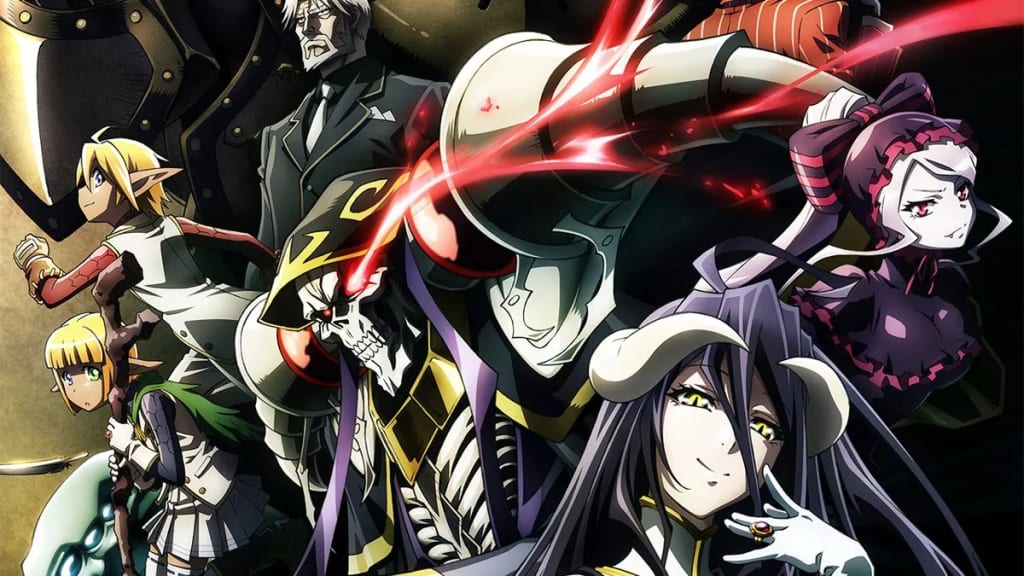
Isekai anime, or better known as “another world” anime, is a popular anime genre that has dominated the medium for a little over a decade. These shows usually follow a protagonist who is transported to a fantasy world or alternate reality where they must navigate the new world and find a way back home.
While isekai anime can be entertaining, there is an absurd amount of them and does not shows any signs of stopping anytime soon. In this article, we will explore why this particular genre has gained such a devoted following and see if there is something deeper to this popularity.
The Origins Of This Rise
The origins of isekai anime’s popularity can be traced back to the release of the anime adaptation of Sword Art Online in 2012. The series featured a group of players who become trapped inside a virtual reality MMORPG and their only way of escaping was by beating the game. Sword Art Online was hugely popular in Japan and around the world, and became a stepping stone that popularized the isekai genre as a major force in the anime and manga industry.
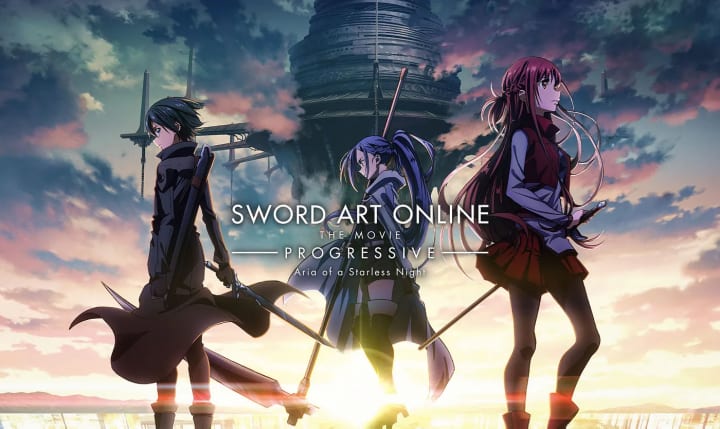
Soon after the popularization of Sword Art Online, the anime industry started to produce more isekai anime in an attempt to capture the success of what Sword Art Online did. While there hasn’t been an anime with the same level of success, anime like Log Horizon, Overlord, No Game No Life, Kono Suba, Re:Zero− Starting Life in Another World, and That Time I Got Reincarnated as a Slime are all highly rated anime series that came close due to their own unique take of the genre. To this day, there are dozens of isekai anime being produced on a yearly basis with no end in sight.
How Anime Reflects Society
The popularity of isekai anime can be attributed to a number of factors, however, we can determine the main reason of this genre’s popularity can be linked to one thing, escapism.
The concept of escapism refers to the desire to escape from reality and immerse oneself in a world that is different and more exciting. While this desire is not exactly new as people have been escaping into books, movies, and other forms of mediums for centuries. However, the particular rise of isekai anime suggests that this desire to escape to another reality is more prevalent than ever in our society or more specifically in Japanese society.
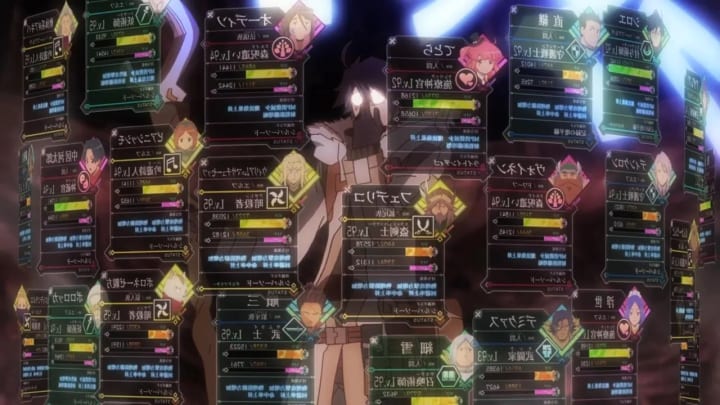
In order to get a better understanding of how anime can reflect society, lets take a look at “How Literature reflects society” by S. Keerthika. In the paper, Keerthika states that:
“Literature reflects both good and bad values of the society. In reflecting the bad values it makes us to rectify and solve the issues. In reflection of good values in the society it makes us to emulate. Often as reflection, literature presents a picture of what people think, say and do in the society.”
While anime and manga is a nontraditional medium for writers and artists to express themselves, Keerthika argues that literature and to an extent all creative mediums reflect some of society’s biggest problems and once we, the audience acknowledge these problems then we may be able to fix these underlaying issues within our society. By analyzing some of the biggest themes and tropes of isekai anime, we can determine what are some of the biggest social issues in Japanese society.
Trope #1- The Main Character Is Miserable Before Being Transported
Majority of isekai anime often features a protagonist who lives a miserable life before they are transported to another world. These protagonists would be classified as hikikomori (Japanese for shut-in), and became a shut-in due to variety of personal reasons either due to bullying, emotional trauma, or simply being unable to meet the demands of society.
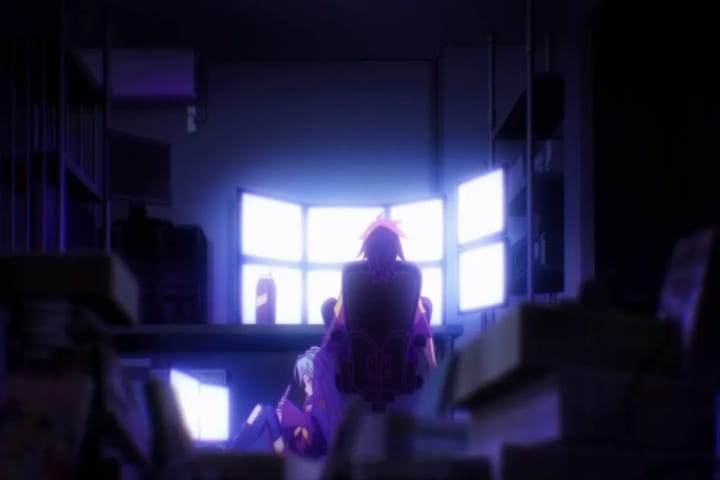
The issue of hikikomori is a big social issue in Japan, as a 2022 survey concluded that there are roughly about 1.5 million hikikomori in Japan spread across an age range of 15–64. With a number that staggering, we as an audience can determine that the issue of shut-ins is an undeniable social issue that needs to be addressed, however for viewers who can relate these issues, isekai anime can provide an excellent distraction and serve as a form of wish fulfillment.
Anime like Re:Zero, No Game No Life, Mushoku Tensei, Kono Suba, and Arifureta: From Commonplace to World’s Strongest, all feature protagonists who were a miserable shut-in that didn’t do much with their lives. In fact, it wasn’t until they were transported to another world that their lives have gotten much better as every protagonist in these series are given drive and a new sense of purpose that was completely absent before.
Trope #2- The Main Character’s New Life Is Far Better Than Before
A signature trope in isekai anime that goes hand-in-hand with the previous one. The protagonist's lifestyle drastically gets better when they are transported to another world, whether they are transported as they are or by reincarnation, they typically suffer very little consequence for their actions and behavior. In fact, the protagonist's decisions would eventually create a harem of followers who all swear their undying loyalty to them.
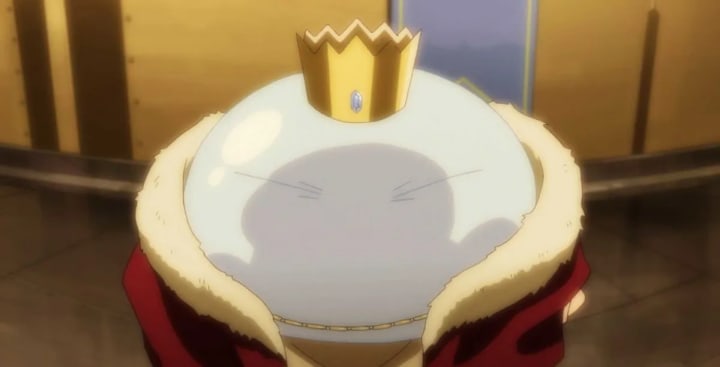
This particular trope doesn’t require a PHD in psychology to figure out that people who religiously watch these kinds of shows want to vicariously put themselves into this setting. However, we can analyze this trope and find out the deeper meaning behind it and find out why this isekai anime lean on this trope so much.
As previously mentioned, isekai anime protagonists are usually shut-ins who have absolutely nothing going for them both career-wise and socially. This sudden shift from zero social interactions to becoming the center of attention in isekai anime can tell us that there is a state of disconnection in Japan where people are not socializing enough.
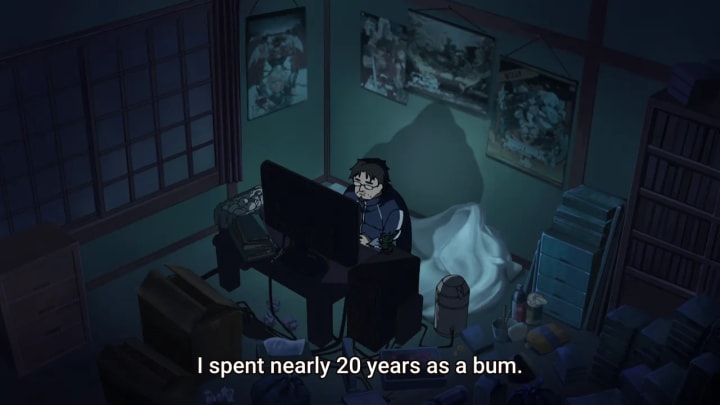
Considering how the pandemic affected us socially, how the generational problems of emotional suppression is found in Asian culture, and how people can naturally be unempathetic, we can determine that there is a social issue where people are not making enough meaningful connections. This can be seen in anime like That Time I Got Reincarnated as a Slime, Overlord, and No Game No Life where the theme of loneliness plays a huge role in these series. This is especially seen where all of these protagonists start off their respective series wanting a sense of camaraderie and purpose.
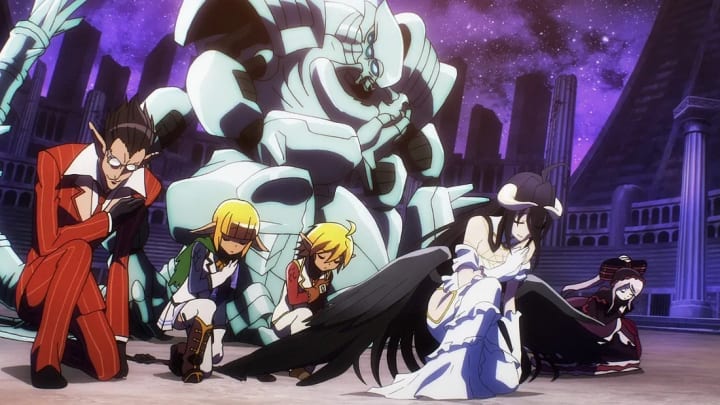
Of course, would eventually highlight the value of friendship throughout the course of these series. While granted the means of obtaining these group of friends in isekai anime can be questionable at times, such as No Game No Life protagonists, Sora and Shiro obtaining their group of friends through high stakes gambling, these series do show how important it is to have a group of friends that you can count on, no matter what kind of world you live in.
A Harmless Subgenre Or A Cry For Help?
While escapism can be a valuable coping mechanism, it should not become the sole focus of one’s life. It is undeniable that the popularity of isekai anime is due to its creativity and storytelling, but its popularity can also be linked to deep societal problems that Japan and the rest of the world may be facing.
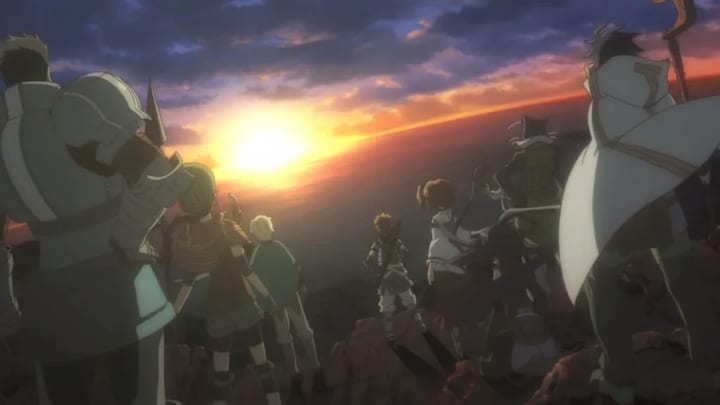
It is extremely difficult to conduct meaningful social change when it comes to the issue of shut-ins, however if we all took some time to make better connections to those around us, then there might be a chance that we can make a dent to this social issue and possibly see a surge of a new anime subgenre that is something completely new.
What do you think? Is isekai anime a cry for help or simply a subgenre that has overstayed its welcome? Let me know what think and be sure follow for more related content!
About the Creator
Jay Kobayashi
A starving writer from LA who aspires to be plagiarized one day. I like to write about academic pieces that identifies philosophy and psychology in pop culture, and sometimes random fun pieces that interests me or the algorithm!
Enjoyed the story? Support the Creator.
Subscribe for free to receive all their stories in your feed. You could also pledge your support or give them a one-off tip, letting them know you appreciate their work.


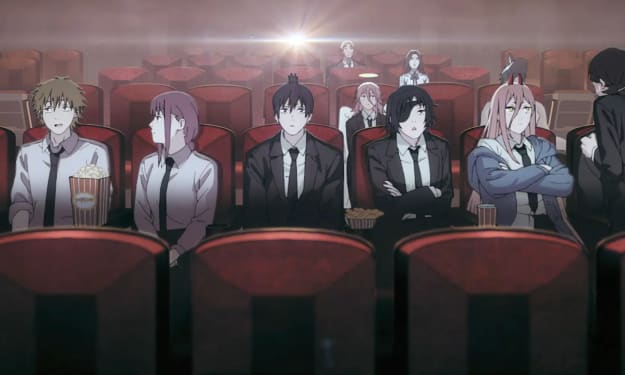



Comments
There are no comments for this story
Be the first to respond and start the conversation.